Karim Saad
Text by Lala Nurlala
Karim Saad is an Indonesian artist whose work is inspired by the Gekiga style of Japanese manga, which is particularly aimed at adult audiences and marked by a more cinematic art style and more mature themes. For Fandominium, Saad presents a series of self-portraits that adapt the individual styles of several Gekiga masters, such as Osamu Tezuka, Junji Ito and Kazuo Umezu, to express particular mind-sets and ideas about challenging self-limiting behaviours. Aesthetically, Gekiga is defined by sharp angles, dark hatching and exaggerated expressions, and thematically, by realism and social engagement.
Pop culture is part of culture; it’s in the name, and thus it should be treated as such. Culture is a set of collective intellectual achievements that hold people together. They shape the people’s livelihood, including values and morals. This is what motivated Karim Saad to work on the “Reflection of” series, inspired by manga, the colloquial term for Japanese comics.
The set that involves three pieces reflects some of Saad’s inspirations. They are arranged in a row, similar to a triptych. The one on the left is “Reflection of Naoki Urasawa”. Known for his works “20th Century Boys” and “Monster”, Urasawa’s style is characterized by sharp, thick lines, with little use of cell-shading. In this piece, Karim is depicted with sunglasses, a dark jacket, and a white shirt, with a laidback expression. There is a bike handle peeking out of the bottom left corner. There are two balloon texts: the one on the upper left corner reads “En esta corta vida, todo lo que quiero es darme cuenta del potencial de mi vida.” which is Spanish for “In this short life, all I want is to realize the potential of my life.”, while the balloon text on the bottom right corner reads, “Al carajo con lo que digan los demás”, which is Spanish for “To hell with what others say”.
The piece in the middle is titled “Reflection of Fujita Kazuhiro”. The manga artist reflected in this piece is known for “Ushio & Tora”, and his style is characterised by dramatic, quick lines with no cell shading involved. Here Karim is depicted in a black shirt, gazing at the viewer with an intense glare. There are two balloon texts, but unlike the ones on “Naoki Urasawa”, they are sharp, indicating a yelling tone. The balloon text on the top left reads “無意味な生活をしたくない” which is Japanese for “I don't want to live a meaningless life” while the balloon text on the bottom right reads, “本当に充実した満足のいく人生を送った後、死にたい” which is Japanese for “I want to die after living a truly full and satisfying life”.
On the right hand of the set, we see a piece titled “Reflection of Kengo Hanazawa”. Hanazawa has created an award-winning manga named “I Am a Hero”, and his art style takes a much softer form compared to Kazuhiro and Urasawa, but doesn’t fall short on its intensity. Much thinner lines are used and the use of cel-shading presents a more realistic impression that helps to emphasize the intensity of his manga. In this inspired piece, Karim is depicted with a dark-shaded hoodie, with a tired look. There are round bubble texts with the same positioning as the aforementioned pieces. The one on the top left reads, “Je sais que la vie n'a pas de sens inhérent” which is French for “I know life has no inherent meaning”, while the one on the bottom right reads, “merde ça, donne ton propre sens à la vie” which is French for “fuck that, give your own meaning to life”
The artists that Saad created a homage of are honers of the gekiga style. Wanting manga to reach a wider audience, manga artists in the 1960s and 1970s created a style that is suited to adults with the use of hatching and sharp lines. Their manga would discuss themes of realism, masculinity, and social issues. The three pieces that Saad created illustrates that, creating a harmonious flow between the three manga artists. Saad dedicates the set of drawings of them as the spirit of gekiga has influenced his worldview, one that is noticeable is the idea of active nihilism, the belief that there is no meaning to life but there is a desire from active nihilists to put their own meaning into it.
Karim Saad Kengo Hanazawa Text Balloon (2022) digital illustration
Karim Saad Naoki Urasawa Text Balloon (2022) digital illustration
Karim Saad Fujita Kazuhiro Text Balloon (2022) digital illustration




